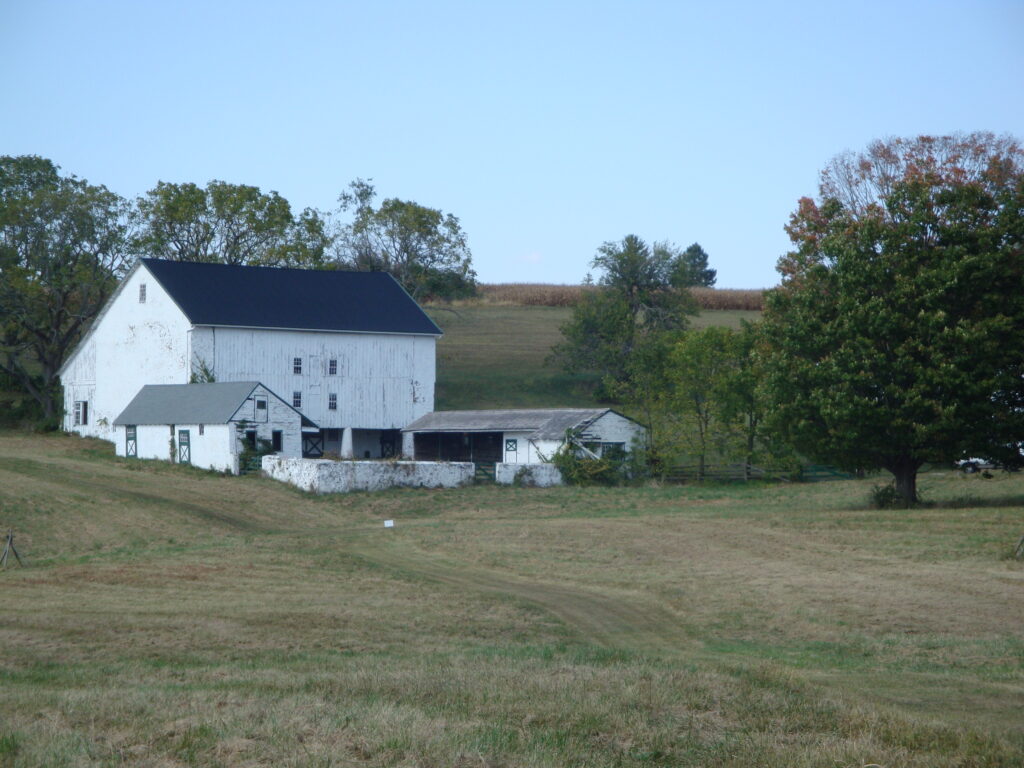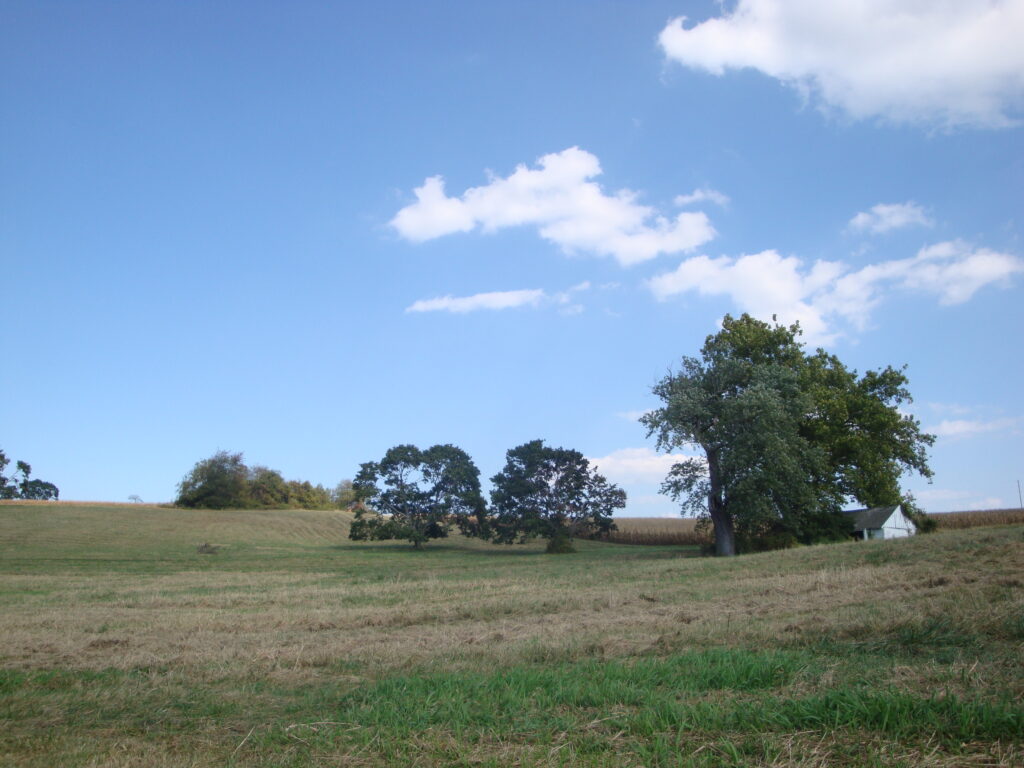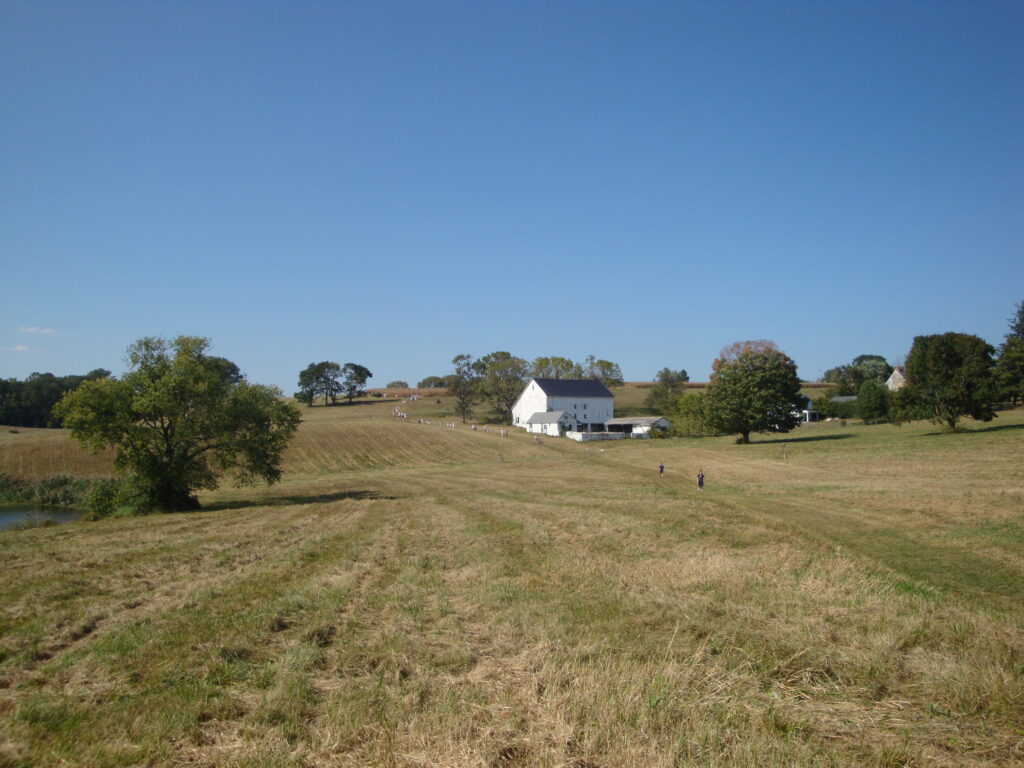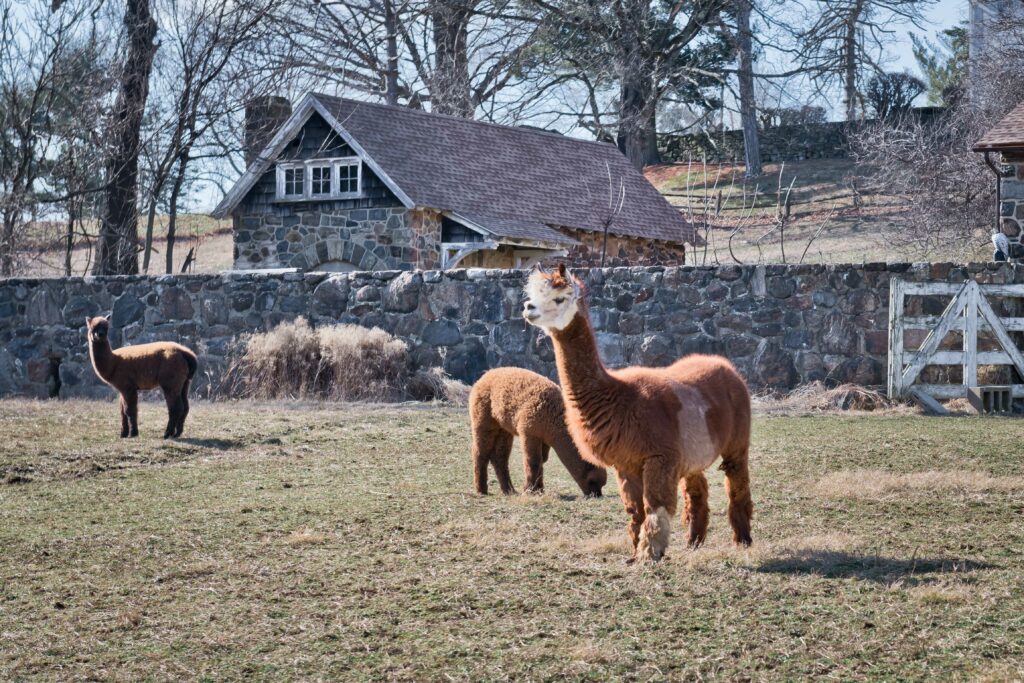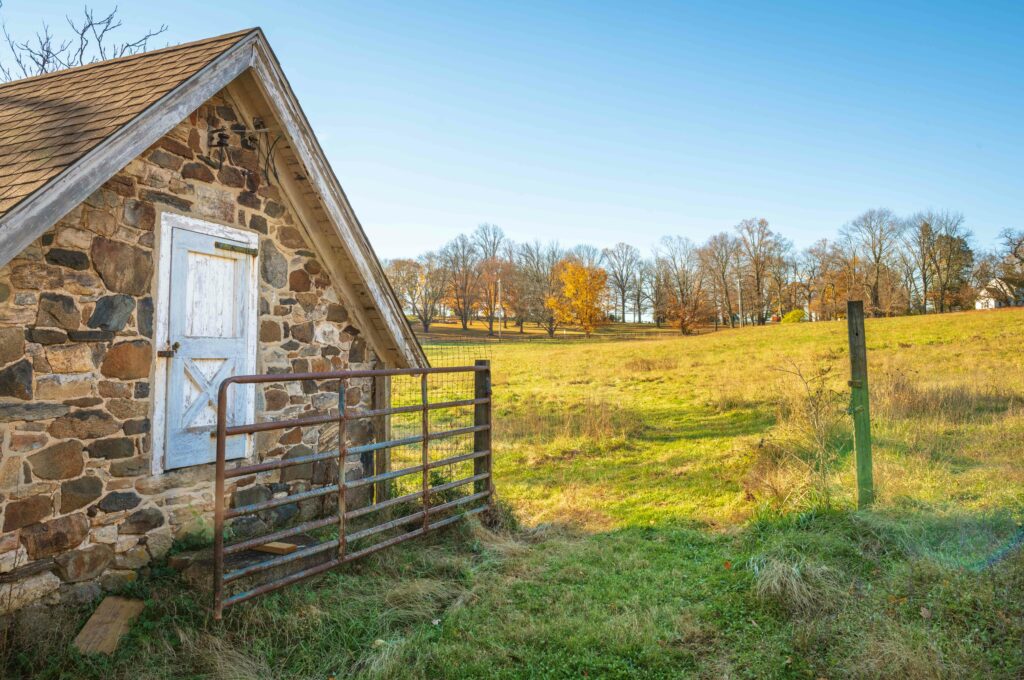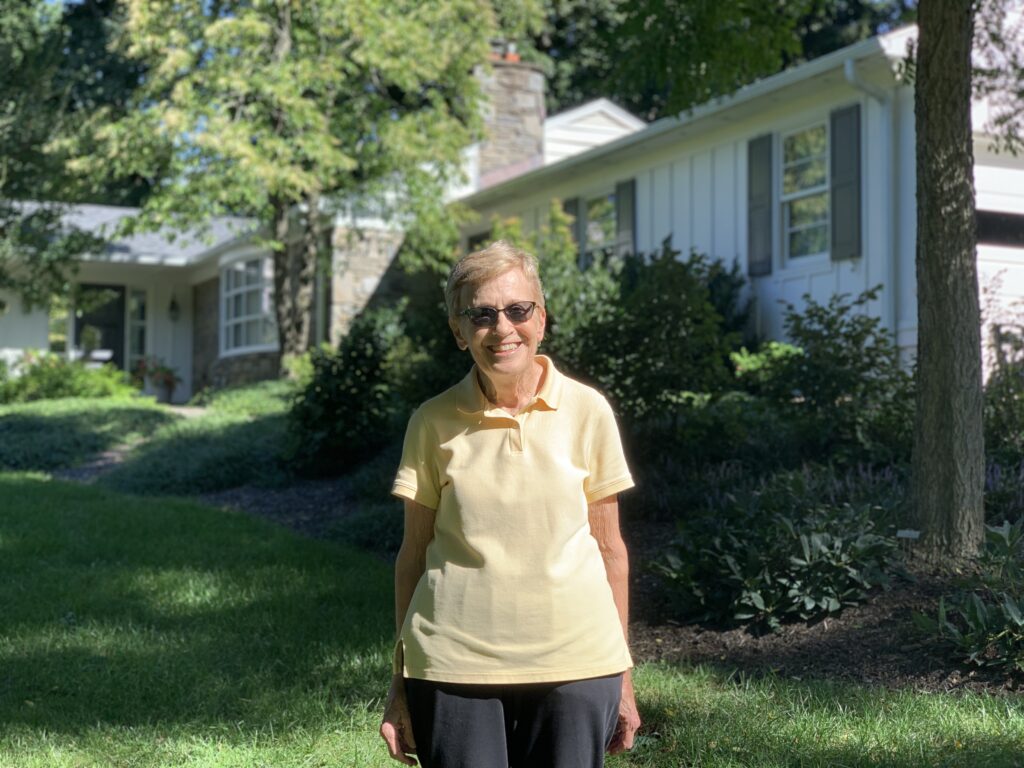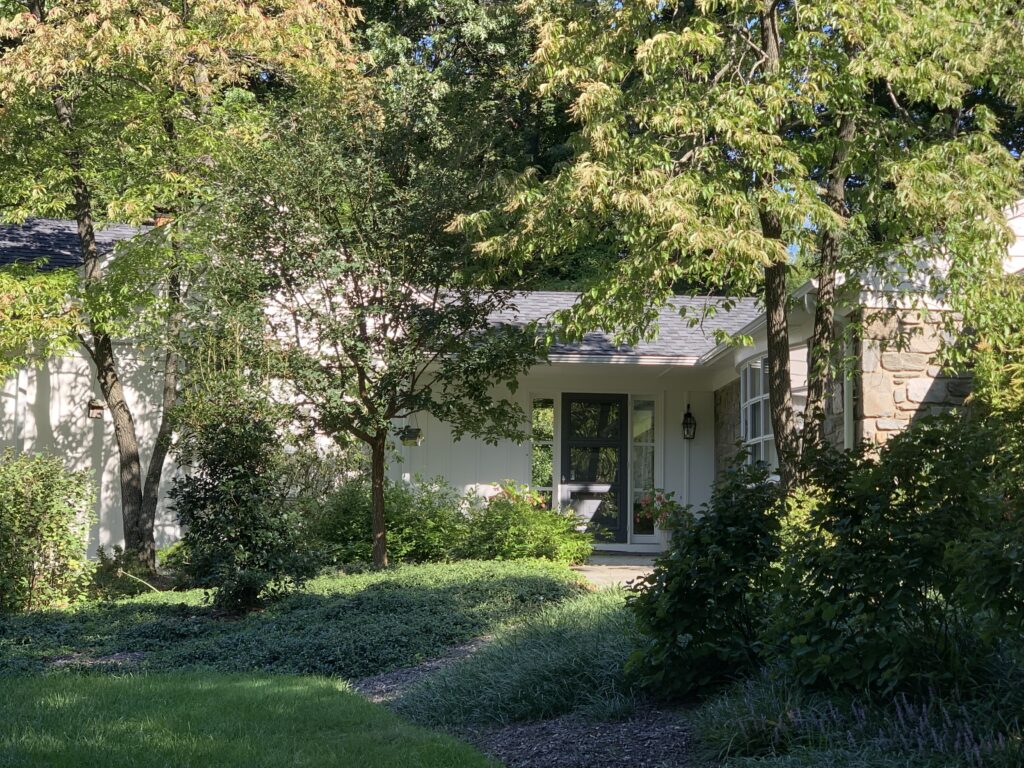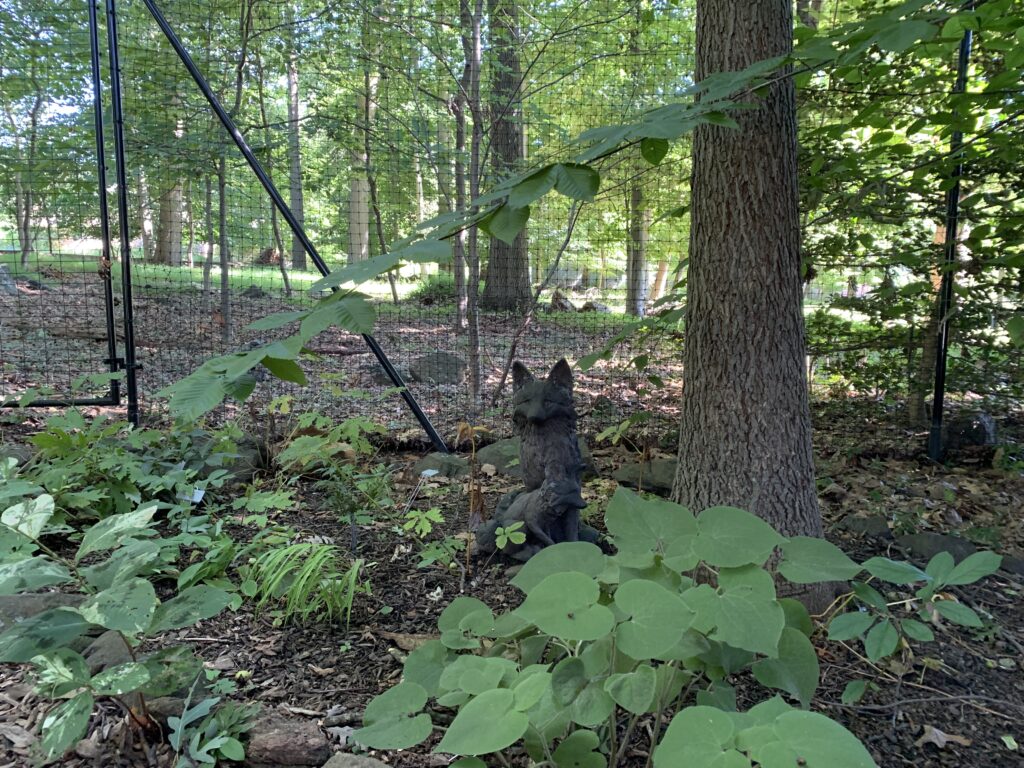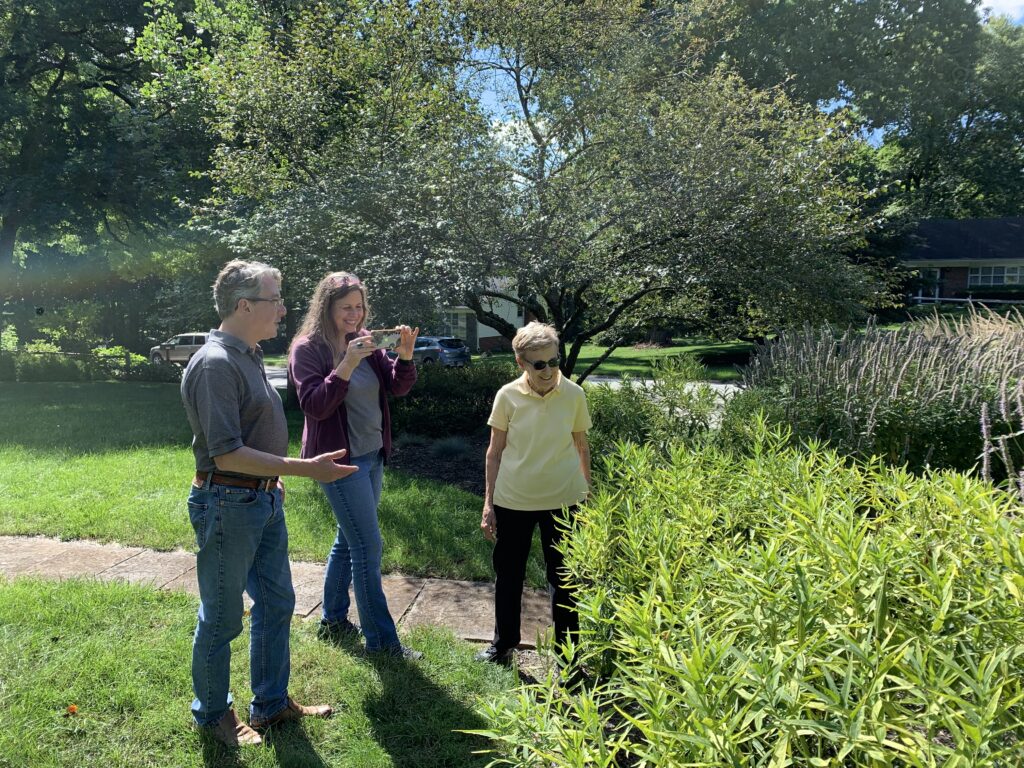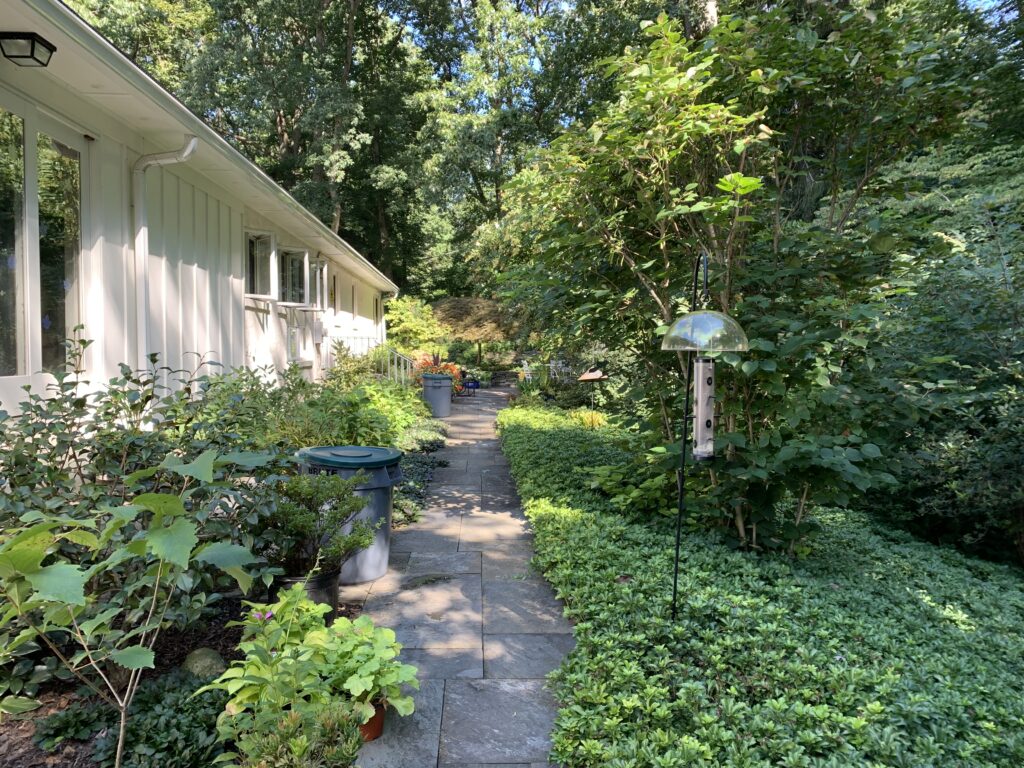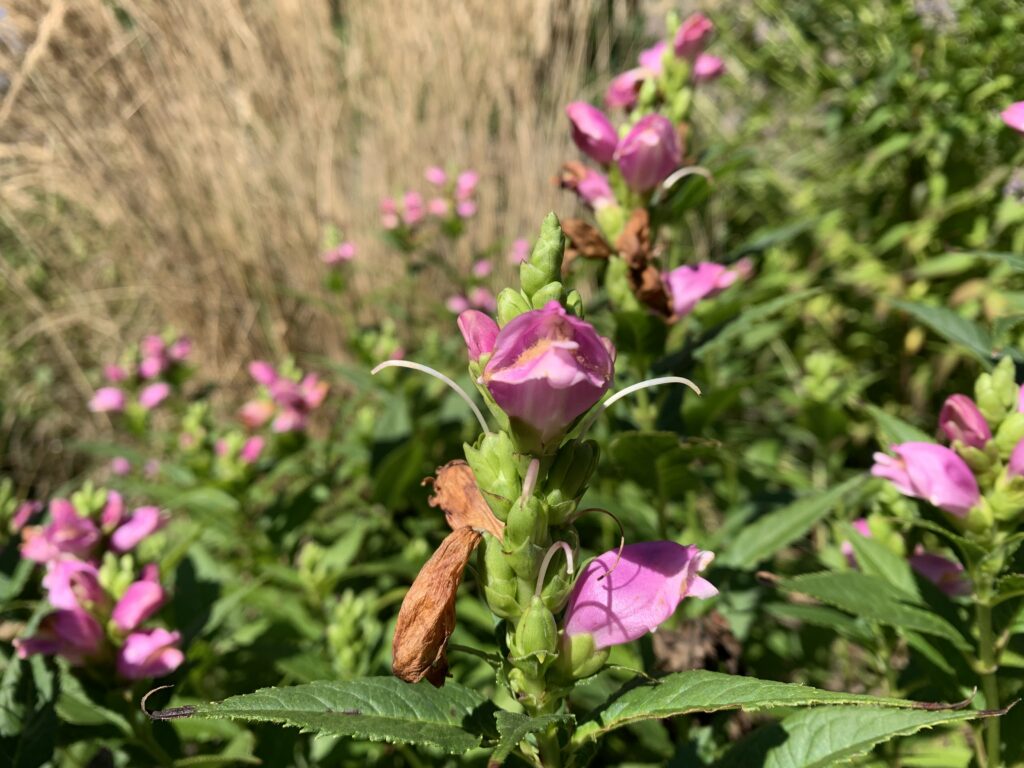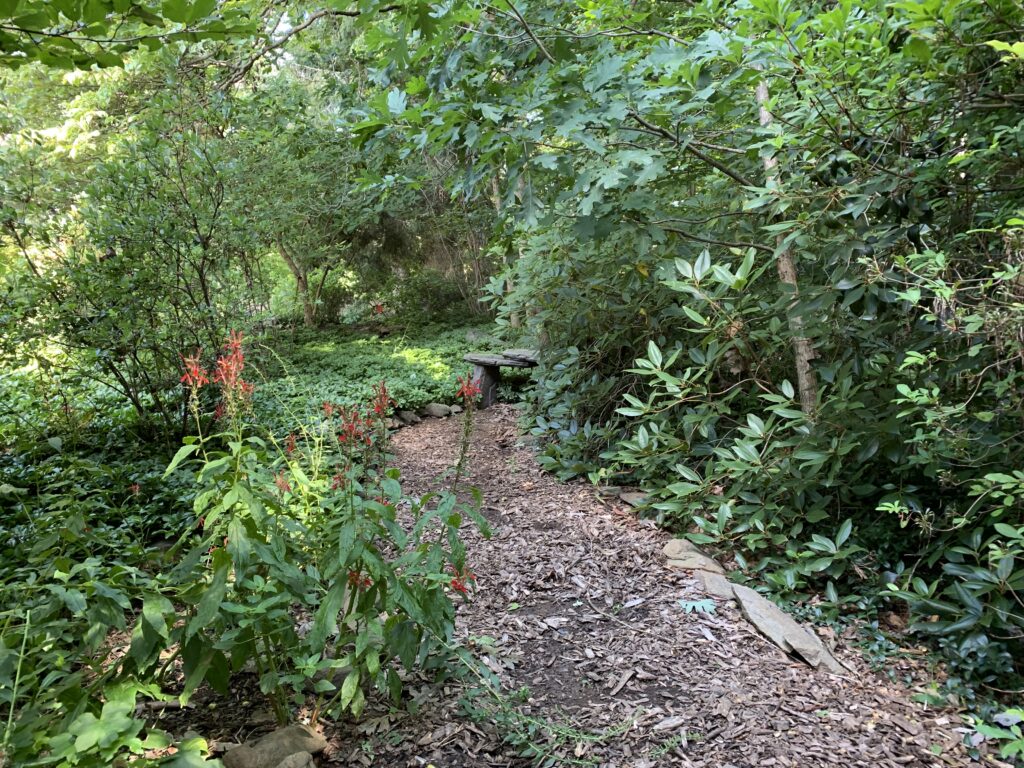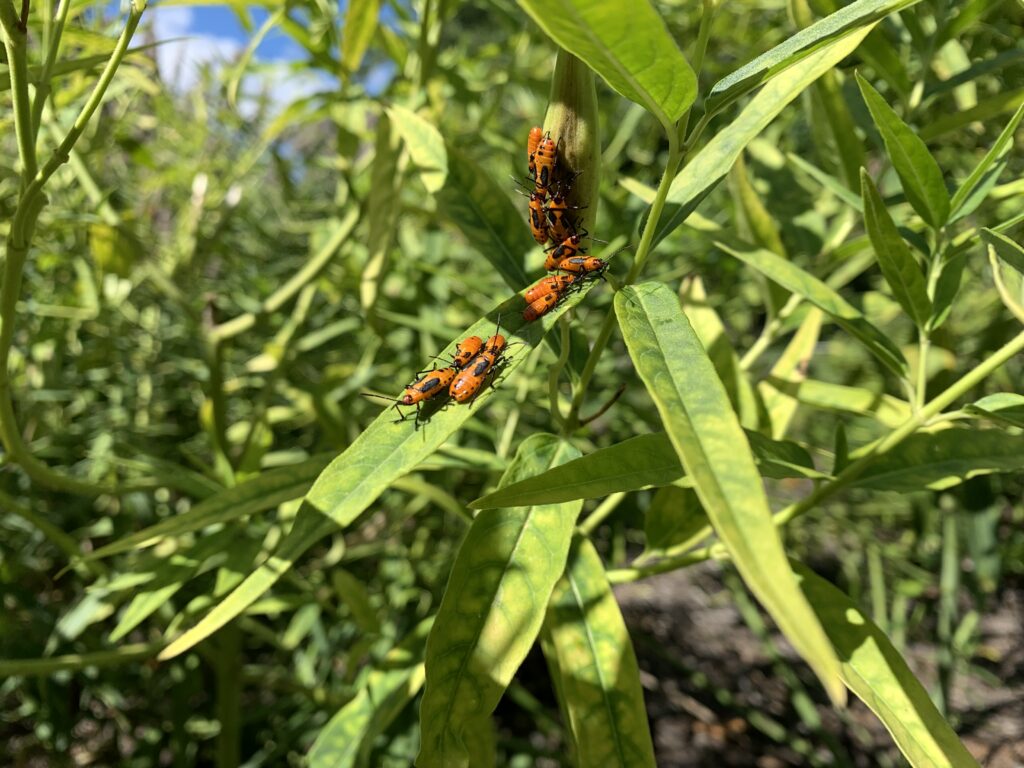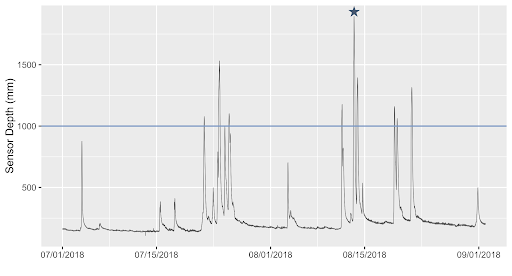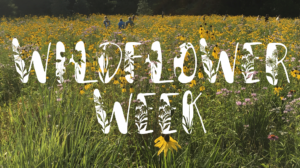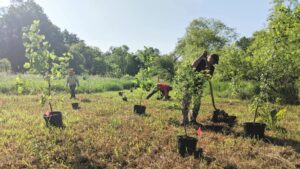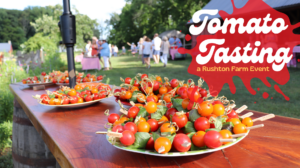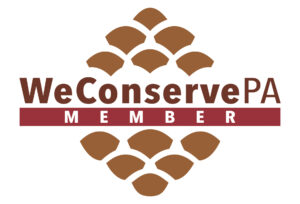Dear Friends and Neighbors,
I am writing to you once again with another important land protection update.
As many of you know, for years, Willistown Conservation Trust (WCT) has been interested in the future of Rock Hill Farm, a 246-acre property bordered by South Valley, Grubbs Mill, and White Horse Roads. We have been in discussions with both the former and current owners to explore ways to protect the land’s conservation values that would permanently preserve the natural and scenic resources found here.
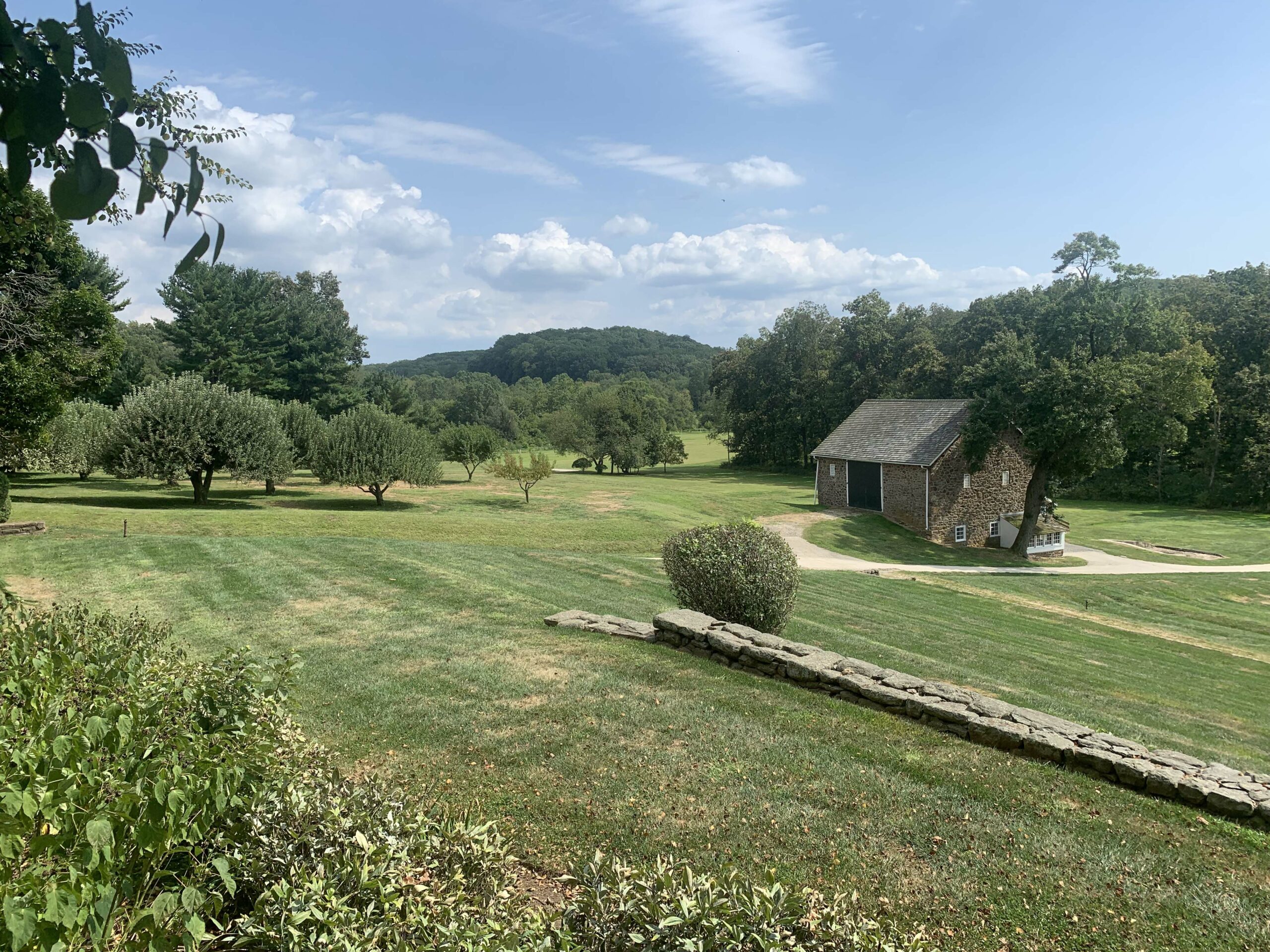
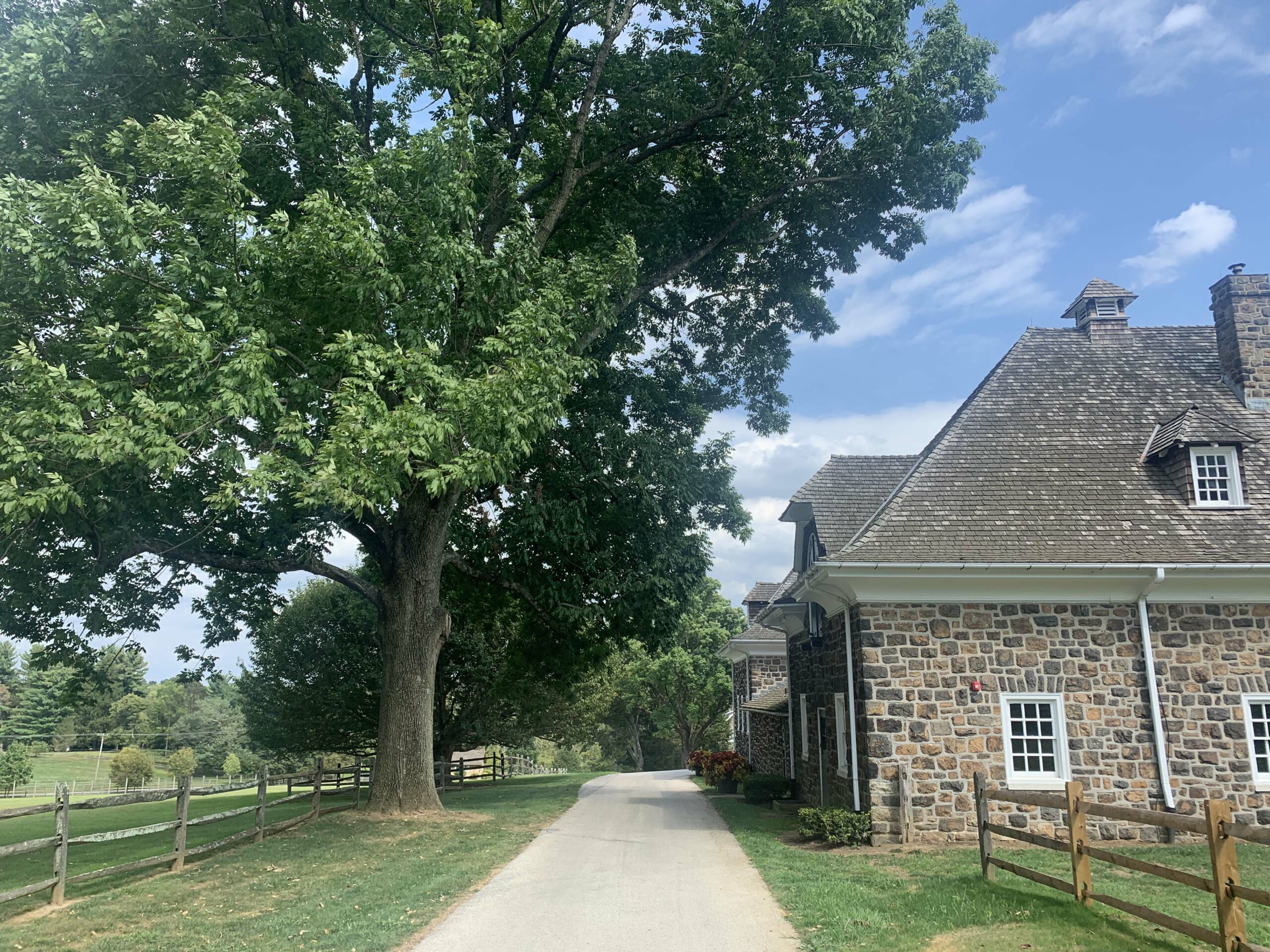
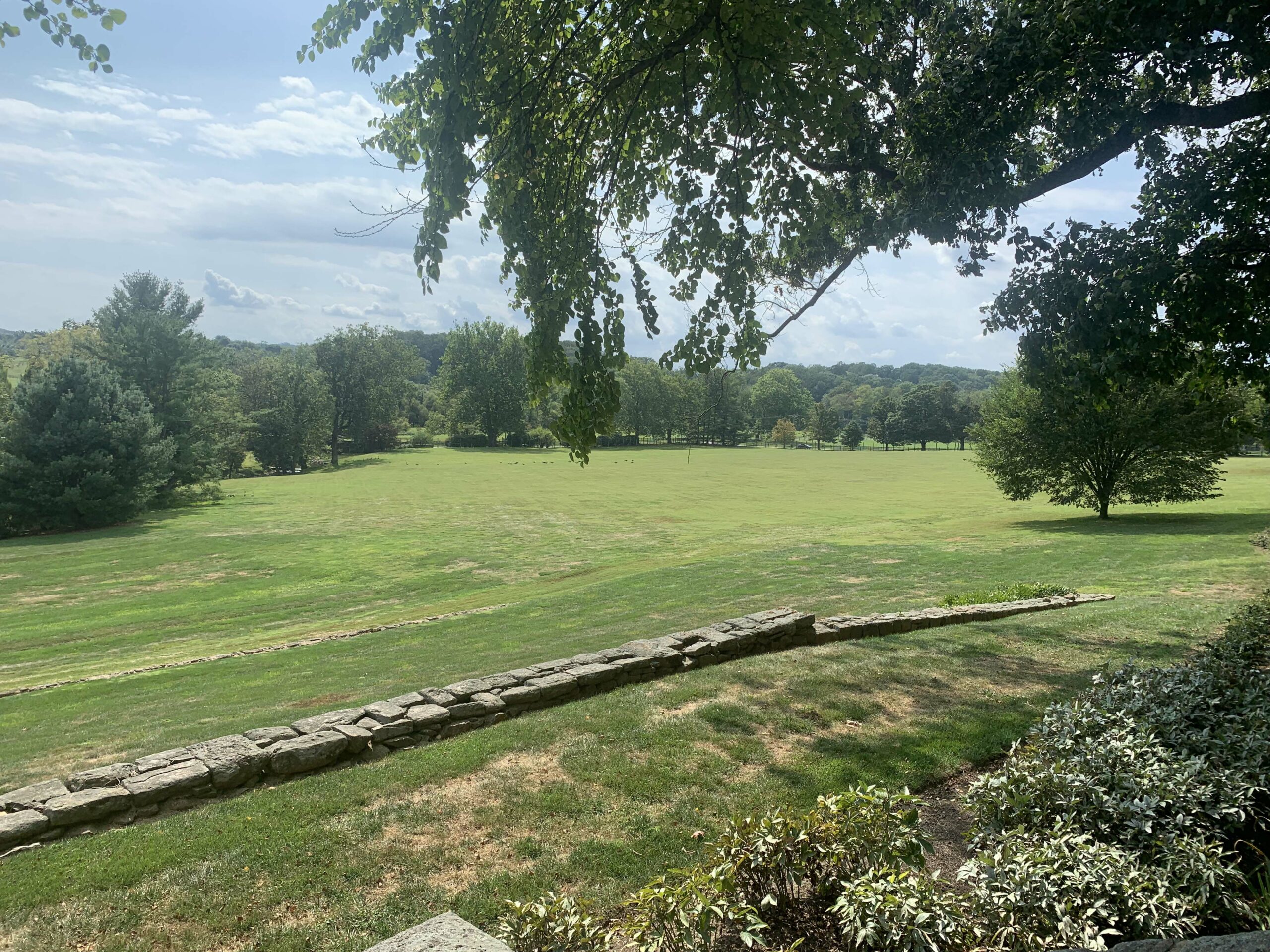
Since the sale of Rock Hill Farm last year, WCT has continued to have conversations with the current owner with the hope that we can work toward a conservation outcome for the entire property. We are not able to share the specific details of easement discussions, but what we can tell you is that we are continuing to prioritize our conservation work at Rock Hill Farm.
WCT’s role is to assist landowners in identifying constructive uses and protections for their property, particularly those with sensitive environmental features. Rock Hill Farm is a special property with an abundance of meadows, forests, historical structures, and a section of Crum Creek. Its open space connects with several conserved properties and other large tracts of land that provide important habitat for migratory birds and other wildlife, as well as scenic views for the enjoyment of the many people who travel along the South Valley Road corridor by bike, foot, or car.
For years, WCT has assisted with the stewardship of Rock Hill Farm through tree plantings, and we’ve used the property as a site for our Watershed Protection Program’s research, which includes monthly water chemistry analysis and three years of annual macroinvertebrate sampling. We care deeply about what happens here, just like you do. And we pledge to do what we can to achieve a positive outcome.
Thank you for your steadfast support and shared concern about the future of this region’s open space. Please send this letter to your own friends and neighbors, and we will do our best to keep you updated on our progress.
Sincerely,
Kate Etherington
